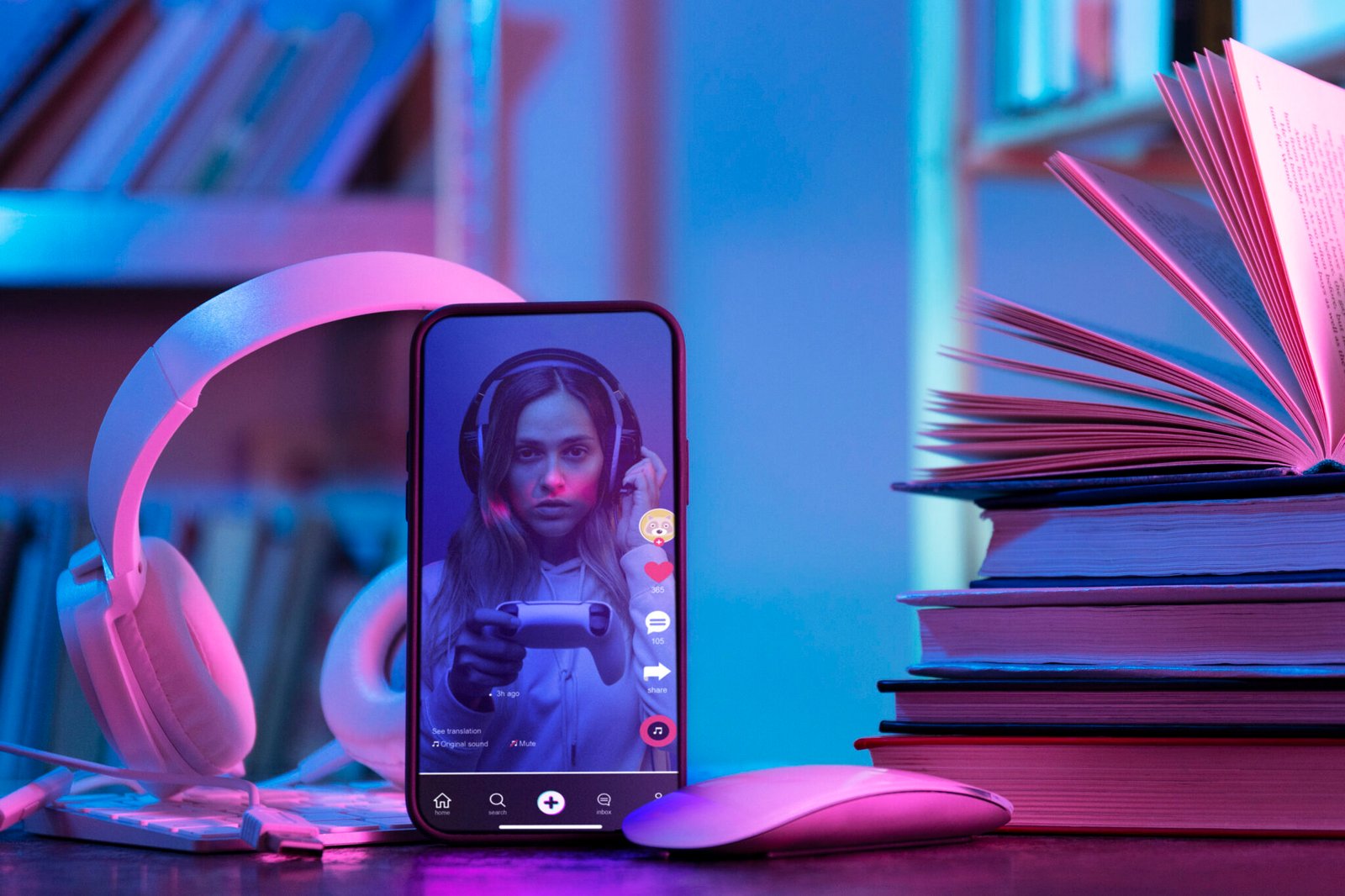


As 2025 approaches, digital marketing is changing quickly and changing how companies interact with their customers. Brands need to adjust to stay ahead of the curve due to evolving algorithms, AI-driven tactics, and changing consumer behavior. Knowing the newest trends in business-to-consumer content marketing is essential for success, regardless of the size of your company.
The growth of local SEO services, which assist companies in increasing their online presence within particular geographic areas, is a significant component of this change. Brands can boost engagement, draw in more clients, and eventually boost sales by combining content marketing with local SEO tactics.
Let’s explore the top seven content marketing trends that will dominate the business-to-consumer landscape in 2025 and how businesses can leverage them effectively.
Content creation is being transformed by artificial intelligence (AI), which makes it quicker and more effective. However, human creativity and personalization remain irreplaceable. In 2025, successful brands will:

1.Use AI tools like ChatGPT to generate drafts and optimize content.
2.Enhance AI-generated content with human creativity, brand voice, and emotional appeal.
3.Personalize blog posts, social media captions, and email campaigns based on user preferences.
For local businesses, AI can assist in local SEO services by generating localized content, responding to customer queries, and optimizing website content for geo-specific searches.
Short-form video content will continue to be the most engaging format in 2025, as platforms such as YouTube Shorts, Instagram Reels, and TikTok dominate the digital arena. Brands should focus on:

1.Creating snackable, engaging videos that convey key messages within seconds.
2.Leveraging storytelling to connect with audiences emotionally.
3.Using videos to boost local SEO by tagging locations, optimizing captions, and incorporating geo-specific keywords.
Video content not only improves Digital Marketing strategies but also increases visibility on Google’s search results, as videos often rank higher than text-based content.
As more consumers use voice assistants like Alexa, Siri, and Google Assistant, optimizing content for voice search is essential. Businesses should:
1.Create content that answers natural, conversational queries (e.g., “Where’s the best coffee shop near me?”).
2.Integrate local SEO services by including location-based keywords and business listings.
3.Focus on FAQ-style content that matches how people ask questions aloud.
Voice search is particularly valuable for local businesses, helping them reach consumers who are searching for nearby services in real time.

Consumers expect brands to deliver tailored content that resonates with their interests and behaviors. In 2025, brands will:

1.Use AI-powered analytics to track customer interactions and preferences.
2.Deliver hyper-personalized email campaigns, blog recommendations, and social media content.
3.Optimize content based on user demographics, past behavior, and local trends.
For businesses focusing on local SEO services, personalization can include geo-targeted offers, location-based blog topics, and custom recommendations for customers in specific regions.
Consumers trust real experiences more than branded advertisements. This is why User-Generated Content (UGC)—such as customer reviews, testimonials, and shared experiences—will be one of the most powerful Digital Marketing strategies in 2025.

1.Brands should encourage customers to create content through:
2.Social media contests and brand challenges.
3.Featuring real customer experiences in marketing campaigns.
4.Leveraging influencer partnerships with micro-influencers in local markets.
By incorporating UGC, businesses can boost engagement, improve brand credibility, and strengthen local SEO rankings through authentic, user-driven content.
Static content is no longer enough—interactive content keeps audiences engaged and encourages participation. Brands should invest in:
1.Quizzes and polls to personalize customer experiences.
2.Interactive infographics that simplify complex data.
3.Localized maps, AR experiences, and virtual store tours to enhance local SEO services.

Customers interact with brands across multiple platforms—social media, email, search engines, and in-store. An omnichannel content strategy ensures that your brand delivers a consistent message across all touchpoints.

1.Maintain a consistent brand voice across all digital channels.
2.Integrate email marketing, social media, and SEO for a unified experience.
3.Use local SEO services to optimize content for specific locations and demographics.
An effective omnichannel strategy enhances customer experience, builds brand loyalty, and maximizes content visibility.
Digital marketing will be more competitive than ever as 2025 approaches. To stay ahead, brands need to use voice search, short-form videos, AI-driven content, and hyper-personalization. Furthermore, incorporating local SEO services guarantees that companies efficiently draw in local clients and dominate search results.
Businesses can develop high-performing programs that raise engagement, improve search rankings, and foster long-term success by implementing these seven content marketing trends. The moment has come to embrace the future of content marketing, innovate, and adapt!